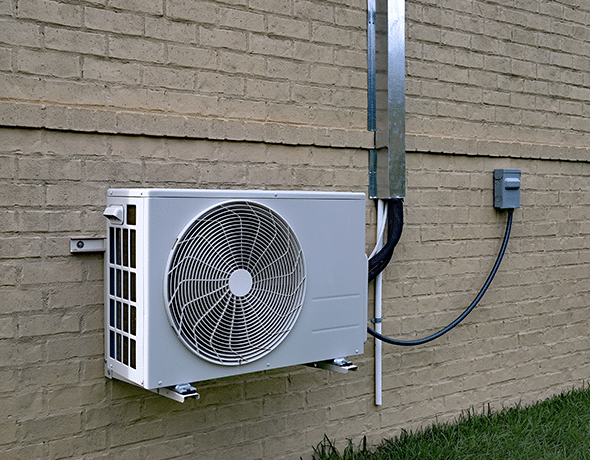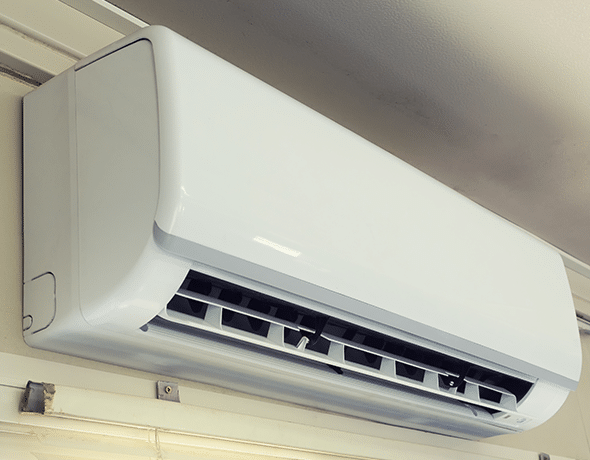A ductless mini-split air conditioning system is a cooling system that doesn’t require ductwork to be installed in your home. Instead, it uses an outdoor unit and one or more indoor air-handling units mounted on the wall or ceiling. Our team of experts at ABA Austin can install mini-split ductless systems at your home in Texas.

Ductless mini-split systems are an excellent choice for homeowners in Austin because they provide zoned cooling, meaning you can cool only the rooms you want to rather than cooling your entire home, which can be expensive. They are also highly energy-efficient, which can help you save money on your energy bills. Additionally, because they don’t require ductwork, they can be easier and less expensive to install than traditional central air conditioning systems.
Ductless mini-split systems are a great choice for homeowners in Texas who want to stay cool and comfortable during the hot summer months while saving money on their energy bills. Ductless mini-split air conditioning systems use an outdoor unit and one or more indoor air-handling units to cool a space. The process works as follows:
- The outdoor unit houses the compressor, which cools the refrigerant.
- The refrigerant is then sent through a conduit to the indoor unit, which contains a coil that evaporates the refrigerant and cools the air in the room.
- The cooled air is distributed into the room through the indoor unit’s fan.
- The refrigerant, now in its gaseous state, is then sent back through the conduit to the outdoor unit, where it is compressed again, and the cooling cycle repeats.

Ductless mini-split systems are known for their energy efficiency and zoned cooling capability. Because each indoor unit can be controlled independently, you can cool only the rooms you want rather than cooling your entire home, which can be expensive. Additionally, because ductless mini-split systems don’t require ductwork, they can be easier and less expensive to install than traditional central air conditioning systems.
Ductless mini-split air conditioning systems can be a great option for homeowners in Texas looking for an energy-efficient, flexible, and cost-effective way to cool their homes. There are several reasons why homeowners in Austin may choose to use ductless mini-split air conditioning systems, including:
- Energy Efficiency
- Zoned Cooling
- Easy Installation
- Flexibility
- Improved Indoor Air Quality
Are you interested in a ductless mini-split system for your home in Texas? Our team of professionals at ABA Austin can provide you with a free installation cost estimate. Not sure if a ductless mini-split system is right for your household? Our experts can help you find the right system for your needs. If you want a new air conditioning system, read our articles on SEER regulations and energy-efficient systems.

